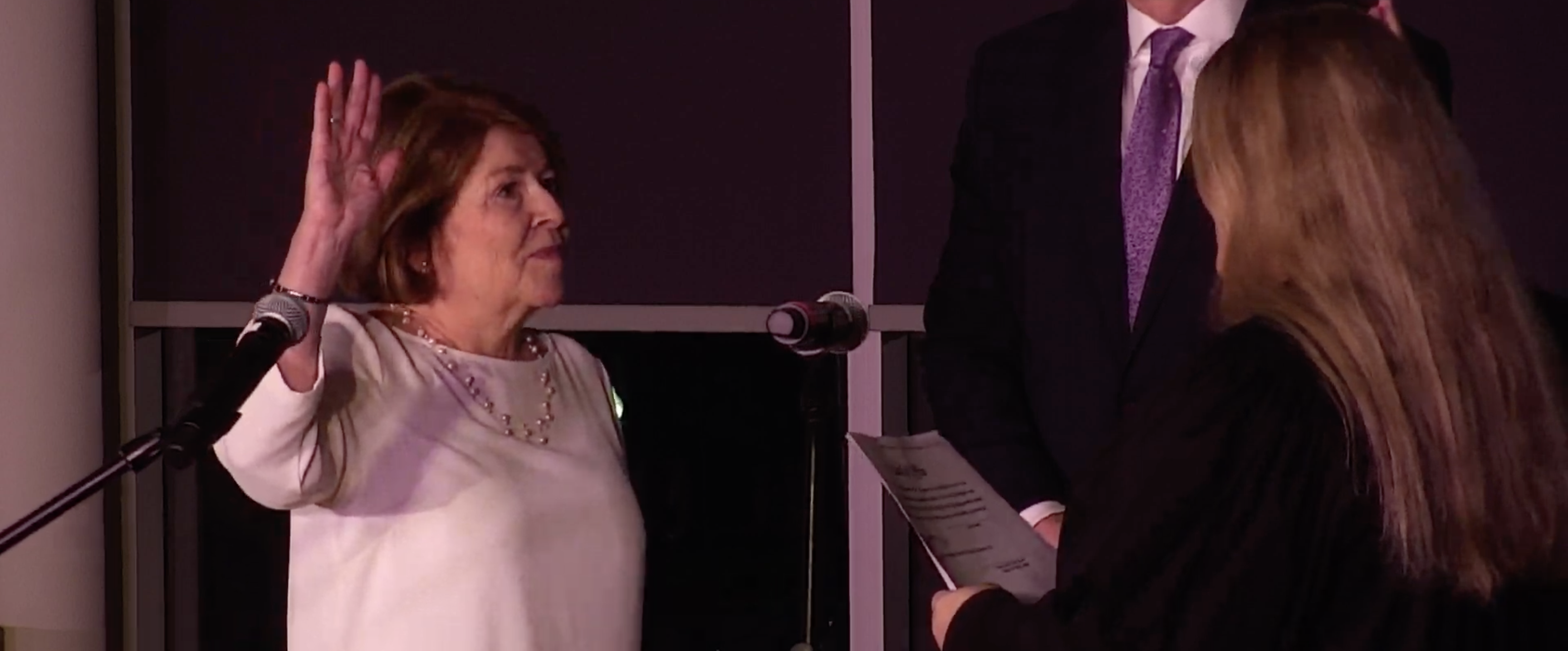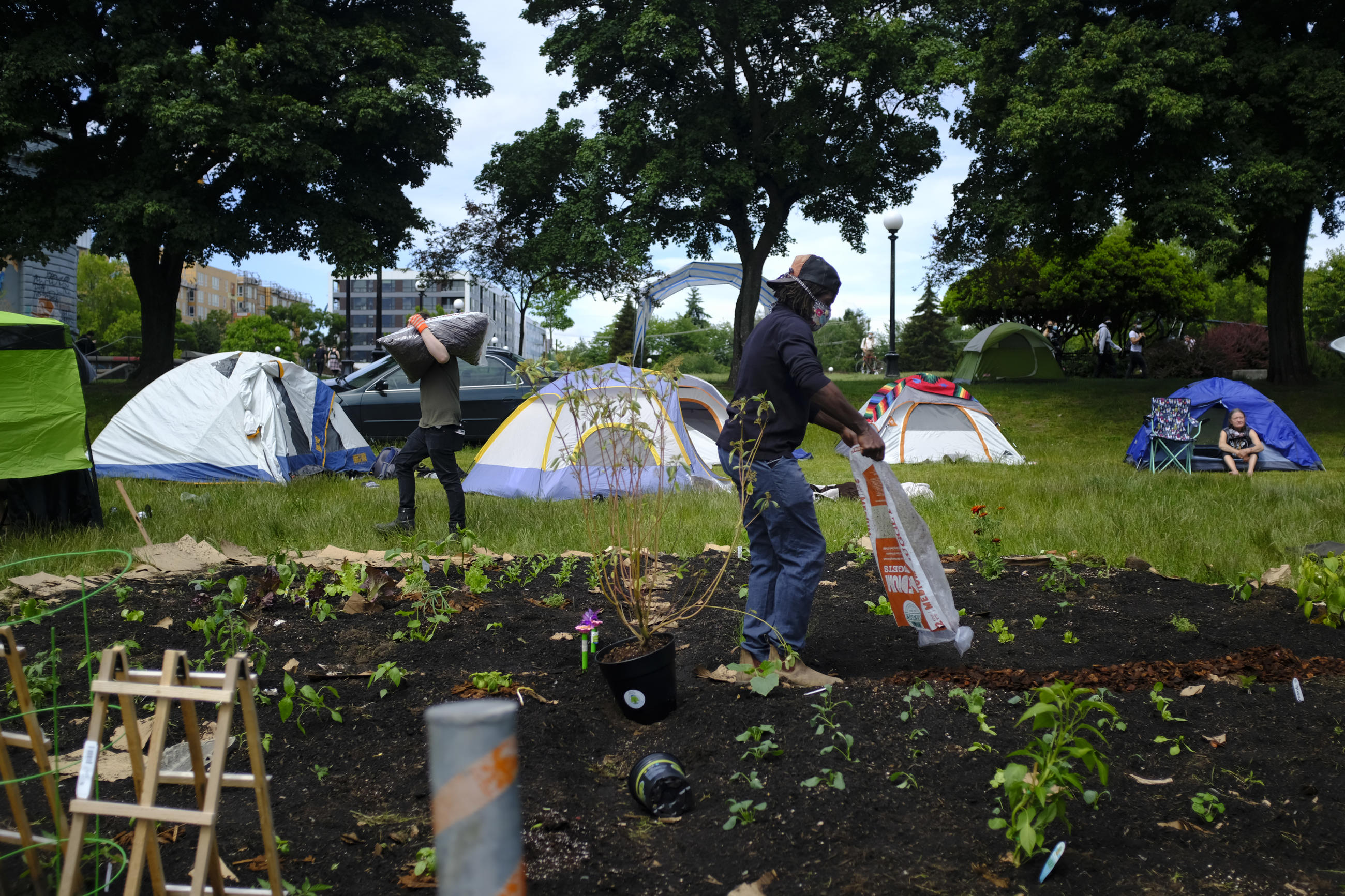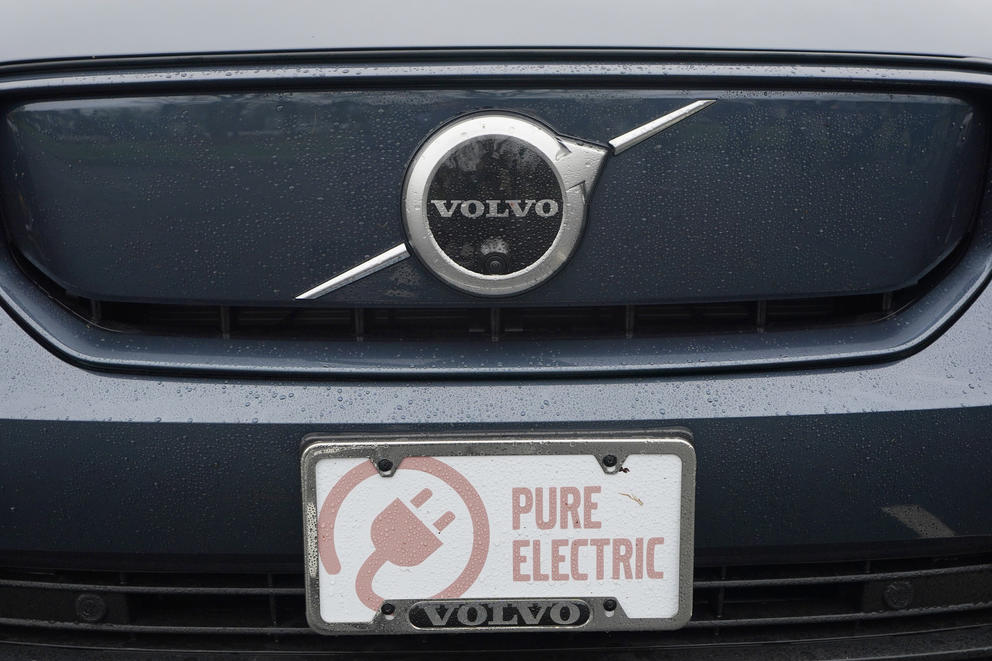Help Washington State University name its new apple

Washington State University recently launched a contest to name WA 64, an apple variety that is a hybrid of Honeycrisp and Cripps Pink. The variety, developed by WSU’s apple breeding program, is expected in grocery stores in 2029. (Photo courtesy of WSU)
Washington State University plans to launch its new apple variety in a few years, but is asking the public now for possible names. The university launched an online survey and contest seeking suggestions on what to name the apple currently known as WA 64. The deadline to enter is May 5.
It will be WSU’s second new apple launch in a decade, after the 2019 debut of Cosmic Crisp.
WA 64, in the works for more than 20 years, is a hybrid of Honeycrisp and Cripps Pink, a variety better known by its trademark name, Pink Lady. WSU is in the process of selecting a commercial partner who will manage the rollout of the apple to Washington growers and nurseries. Trees are expected to be widely available to growers by 2026, and the apple is expected to appear in grocery shows by 2029, according to a WSU news release.
Cosmic Crisp was also developed through WSU’s apple breeding program. Cosmic Crisp, a crossbreed of Enterprise and Honeycrisp grown exclusively in Washington, is among the top 10 best-selling apple varieties in the U.S. by sales and volume, according to WSU, citing Nielsen data.
WSU pursued further development of WA 64 because it showed good eating and storage quality. Developers describe WA 64 as crisper and juicier than Cripps Pink and slightly less crisp and juicy than Honeycrisp, providing sweetness and acidity that falls between the two varieties.
The contest is open to U.S. residents 18 and older. Besides suggesting a name for WA 64, participants will also answer several questions, including how they came up with their suggested name and about their fresh apple purchasing habits. The winner chosen will receive a prize package that includes a variety of WSU items, including a gift box of WA64s and Cougar Gold, the university’s famed canned cheese.









